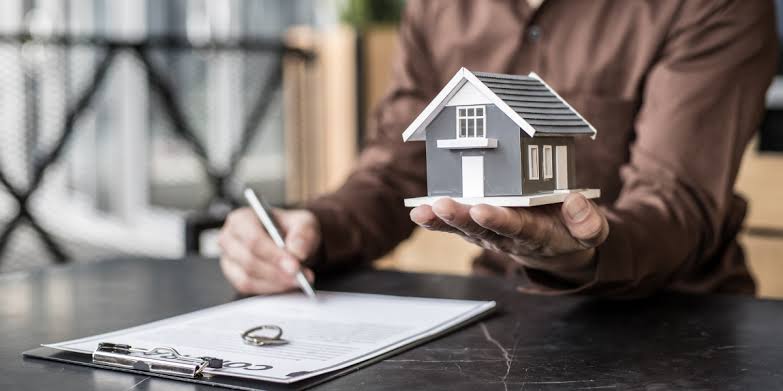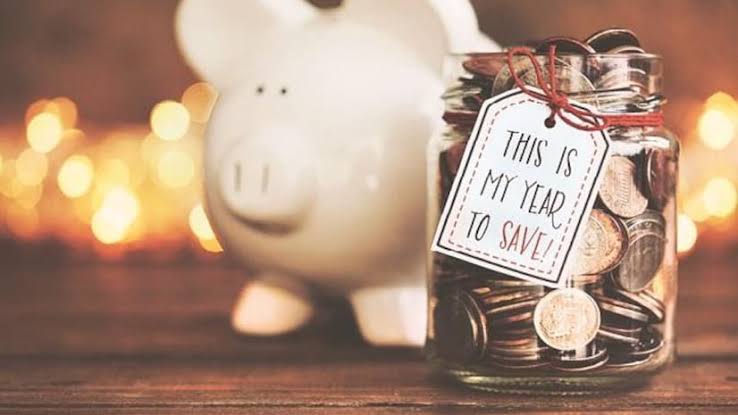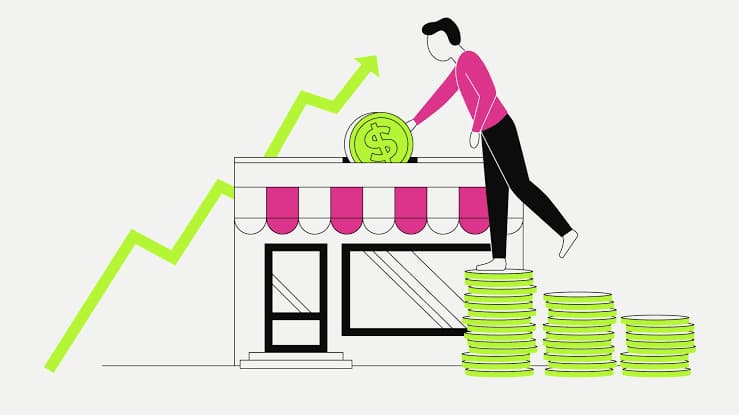If you’ve ever felt that the real estate world can feel cold and transactional—like it’s all numbers and square footage—then you’re not alone. In 2025, though, there’s a quiet revolution happening: people are taking back the meaning of “home,” and it’s reshaping everything from how we buy to how we live.
Let’s dig in to see how these changes are playing out—right in our neighborhoods and in our own hearts.
A Shift in What Home Means
It used to be simple: you bought a house because you “should.” A 30-year mortgage, some predictable wallpaper, and that was it.
Now? People are asking: What actually makes me feel at home?
- Beyond the White Picket Fence
- Fewer people are measuring success by the number of bedrooms or the price tag.
- Instead, they’re looking at how spaces support who they want to be—whether that’s having friends over every weekend, working on a side hustle from the spare room, or just feeling safe and cozy after a long day.
- Maya’s Story
Maya moved from a big city apartment to a small house in the mountains. “I thought I wanted granite countertops and a fancy zip code,” she said. “Turns out I just wanted quiet mornings, fresh air, and neighbors I actually know.”
Flexible Spaces for Flexible Lives
The biggest change? The end of the one-size-fits-all home.
- Designs That Move With You
- Sliding walls, foldable furniture, and modular spaces that change based on your mood or needs.
- Home offices that double as meditation corners.
- Living rooms that host movie nights and workout sessions—because we’re not just one thing anymore, and neither is our home.
- Example: The DIY Touch
Take Raj in Austin—he turned his garage into a tiny music studio for his weekend band practice.
Or Zoe in Portland, who put a Murphy bed in her home office so her mom can visit and crash there whenever she wants.
Homes are turning into living canvases, not just static boxes.
Local Love is the New Status Symbol
The old story of “location, location, location” still matters. But in 2025, that doesn’t mean luxury towers or gated communities. It means places that feel alive.
- Neighborhoods with Heart
- Community gardens where kids play while neighbors chat.
- Local markets where farmers know your name.
- Libraries that double as event spaces or cozy corners to work from.
- Real Example: A Chicago Block’s Glow-Up
On the West Side of Chicago, a group of neighbors turned an abandoned lot into a community green space. It’s got raised beds, a compost corner, and murals painted by local teens. It’s not just pretty—it’s a symbol that this neighborhood cares.
The Climate Conversation is at Our Doorstep
We can’t ignore it anymore. Climate change isn’t some far-off future problem—it’s shaping how we live right now.
- Sustainable Living is No Longer Optional
- Solar panels and green roofs aren’t just for “eco-warriors”—they’re smart, cost-saving choices.
- People are demanding energy-efficient buildings, not because it’s trendy, but because it’s essential.
- Case Study: Rebuilding After a Wildfire
In California, after the devastating fires of the past few years, families like the Lopez family are rebuilding with climate-resilient materials. Their new home has natural cooling, water-wise landscaping, and a layout designed to withstand wild weather.
They’re not just rebuilding—they’re rethinking what lasting really means.
Renters Who Want More Than a Lease
Renting used to be a pit stop on the way to buying. In 2025, renting is a real lifestyle—one that comes with real demands.
- Renters Are Speaking Up
- Flexible lease terms that recognize life’s unpredictability.
- Landlords who see them as partners in creating a good home, not just “occupants.”
- Buildings that care about more than maximizing rent—like green spaces, shared workspaces, and real community connections.
- Meet Alex, the Proud Renter
Alex rents a loft in Denver. He told me, “I don’t want to be tied down by a mortgage right now. I want a place that fits me, and that I can leave when I’m ready to try something new.”
Money Talks, But People Speak Louder
Real estate will always be about investment on some level. But in 2025, more people are asking: What am I really investing in?
- Profit with Purpose
- Small-scale developers are turning run-down properties into places that matter.
- Co-ops and community land trusts are letting residents own a stake in their neighborhoods, not just be along for the ride.
- Example: The Artist-Developer Duo
In Atlanta, a developer teamed up with a group of local artists to turn an old warehouse into a mix of affordable housing and art studios. The goal? Homes that support the people who make the neighborhood vibrant.
What We’re All Looking For
When you really look at it, whether you’re buying, renting, or just daydreaming about your next chapter, the heart of real estate in 2025 is this:
✅ A place that feels good—physically and emotionally.
✅ A space that adapts to you, not the other way around.
✅ A neighborhood that’s more than a collection of buildings—it’s a community.
✅ A way to live that doesn’t just work for you, but for the world we’re all sharing.
A Final Thought: It’s Not Just a Market—It’s Your Life
We’re done with the idea that real estate is just about what’s on paper. The square footage, the price per square foot, the resale value—all of that matters, sure.
But the biggest measure of a home’s worth? It’s how it feels when you walk in the door.
In 2025, the best homes aren’t the ones with the biggest closets or the trendiest finishes. They’re the ones that let you be yourself, connect with your neighbors, and stand strong in a changing world.
Because at the end of the day, home is where your story begins. And that story? It’s yours to write.





